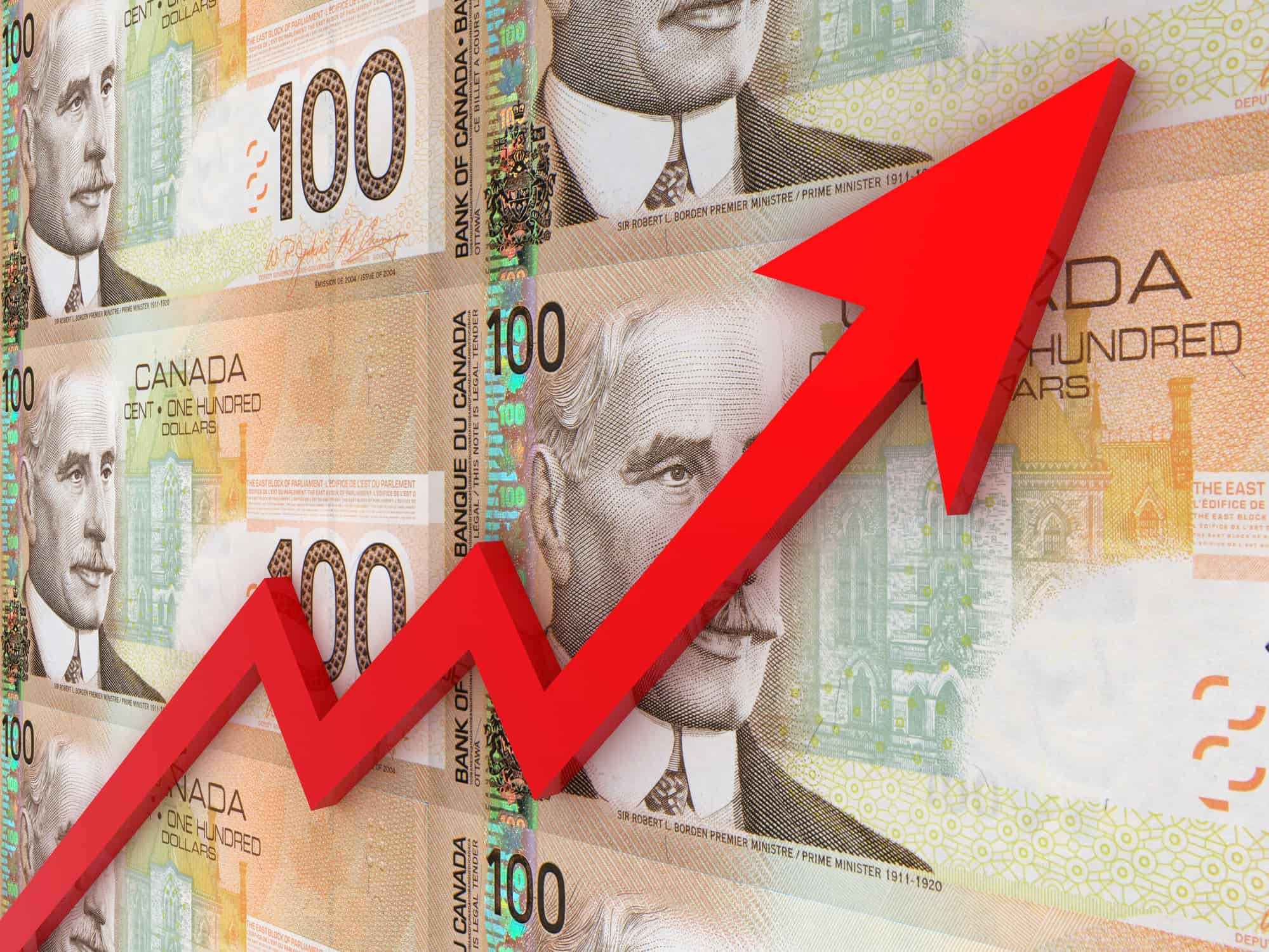Retirees are searching for ways to earn better returns from their savings without being bumped into a higher marginal tax bracket or getting hit with the Old Age Security (OAS) pension recovery tax. Taking full advantage of Tax-Free Savings Account (TFSA) contribution room is one way to help achieve the goal.
TFSA limit 2024
In 2024, the TFSA limit will be $7,000. This is up from $6,500 in 2023. The government indexes the annual contribution amount to inflation and makes adjustments by increments of $500. Since the beginning of the TFSA in 2009, people who have qualified every year have accumulated $88,000 in maximum contribution space. That will jump to $95,000 in 2024.
Pensioners can earn passive income on TFSA investments and take the funds out of the account without having to worry about sharing some with the Canada Revenue Agency (CRA) or being pushed above the minimum threshold for the OAS pension recovery tax, otherwise known as the OAS clawback. The CRA implements a 15-cent reduction on the next year’s OAS payments for every dollar of net world income earned above a specific amount. In the 2023 tax year, this number is $86,912. This means a person with net world income of $96,912 in 2023 would see their OAS payments reduced by $1,500 for the July 2024 to June 2025 payment period.
This is a big hit that should be avoided, when possible. One way to reduce or avoid the OAS clawback is to make sure the TFSA contribution limit is fully maximized before holding income-generating investments inside a taxable account.
Good TFSA investments for passive income
Retirees want to get the best returns possible while not taking on too much risk. For most of the past decade, this was hard to do because risk-free investments paid very low interest rates. In the past 18 months, however, the rates offered on Guaranteed Investment Certificates (GICs) have soared. In fact, investors can currently get rates above 5% on insured non-cashable GICs for terms of one to five years.
Dividend stocks come with capital risks, as everyone has witnessed over the past few years. The pullback in some top TSX dividend-growth stocks, however, now appears exaggerated and investors can get very attractive yields. BCE, (TSX:BCE) for example, trades near $54 per share at the time of writing compared to $65 earlier this year.
The board has increased the dividend by at least 5% in each of the past 15 years. The current yield is above 7%. BCE gets the majority of its revenue from essential mobile and internet service subscriptions, so the revenue stream should hold up well during a recession.
The right mix of GICs and dividend stocks is different for every investor, depending on risk tolerance, the need to access the funds, and the desired rate of return.
The bottom line on top TSX dividend stocks for TFSA passive income
It is quite easy in the current environment to put together a diversified TFSA portfolio of GICs and high-yield dividend stocks to get an average yield of 6%. On a maximized TFSA of $95,000 in 2024, this would generate $5,700 in annual tax-free passive income or an average of $475 per month that the CRA won’t touch or put OAS at risk of a clawback.








